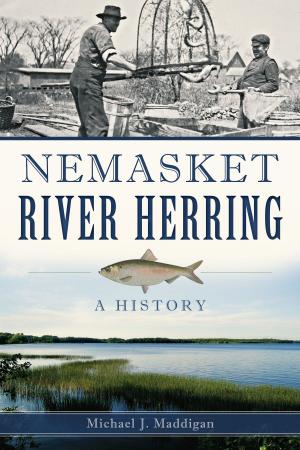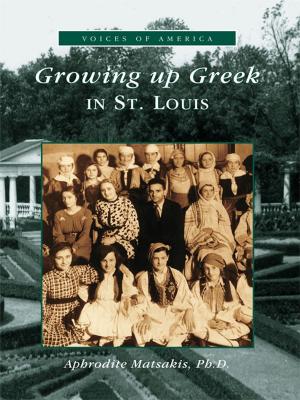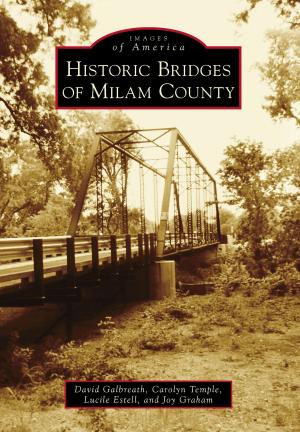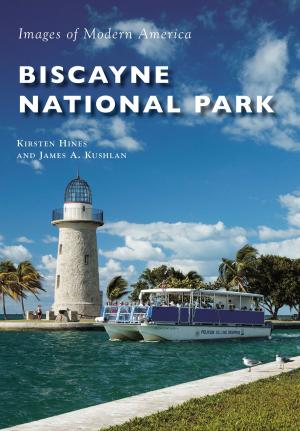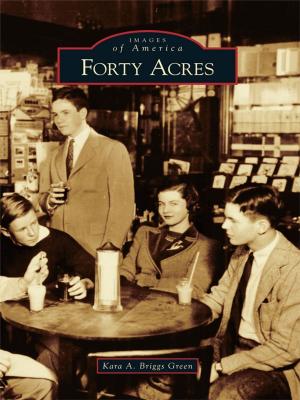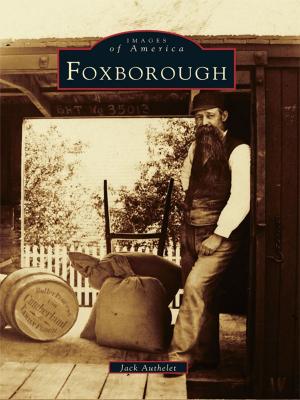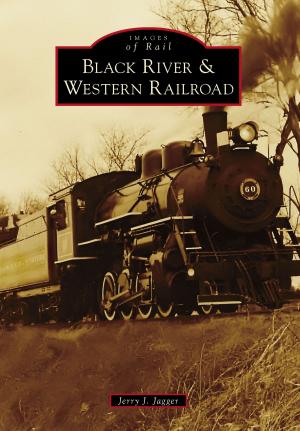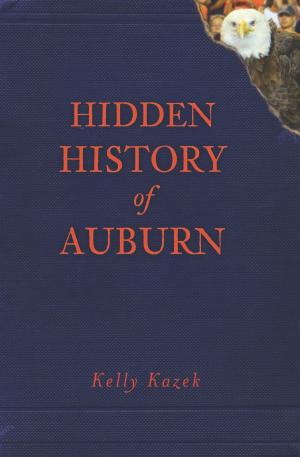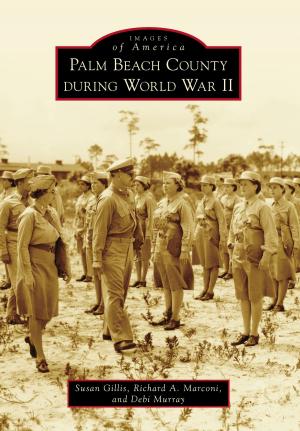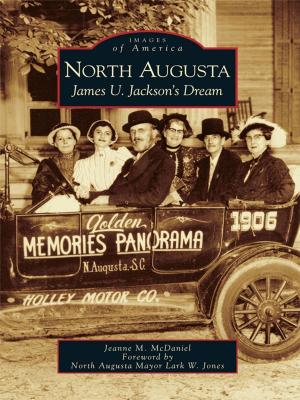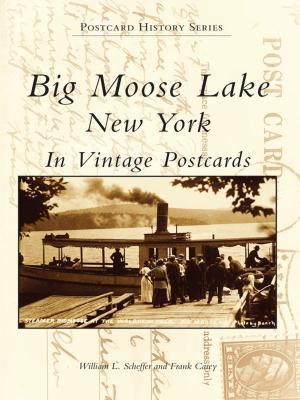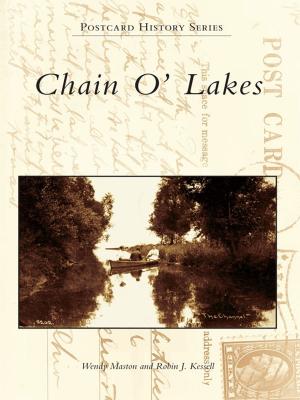| Author: | Paul Himmelreich | ISBN: | 9781439646717 |
| Publisher: | Arcadia Publishing Inc. | Publication: | August 11, 2014 |
| Imprint: | Arcadia Publishing | Language: | English |
| Author: | Paul Himmelreich |
| ISBN: | 9781439646717 |
| Publisher: | Arcadia Publishing Inc. |
| Publication: | August 11, 2014 |
| Imprint: | Arcadia Publishing |
| Language: | English |
Garland began as an amalgamation of a number of rural communities in northeastern Dallas County. A compromise solution to the rivalry of two railroad towns, Duck Creek and Embree, it is now the 12th largest city in Texas and the 87th most populous city in the United States. Evolving from its origins as a farming community, by the 1950s, Garland had become an industrious suburb of the Dallas metro area. The can-do spirit of the community has enabled its stalwart pioneer settlers to overcome natural disasters and make necessary improvements that contributed to its growth and position in the county. Surrounded by interstates, toll roads, and connecting rail lines, Garland links the Dallas Metro with Northeast Texas. Its future continues to diversify and adapt to the growing environments of Texas.
Garland began as an amalgamation of a number of rural communities in northeastern Dallas County. A compromise solution to the rivalry of two railroad towns, Duck Creek and Embree, it is now the 12th largest city in Texas and the 87th most populous city in the United States. Evolving from its origins as a farming community, by the 1950s, Garland had become an industrious suburb of the Dallas metro area. The can-do spirit of the community has enabled its stalwart pioneer settlers to overcome natural disasters and make necessary improvements that contributed to its growth and position in the county. Surrounded by interstates, toll roads, and connecting rail lines, Garland links the Dallas Metro with Northeast Texas. Its future continues to diversify and adapt to the growing environments of Texas.

